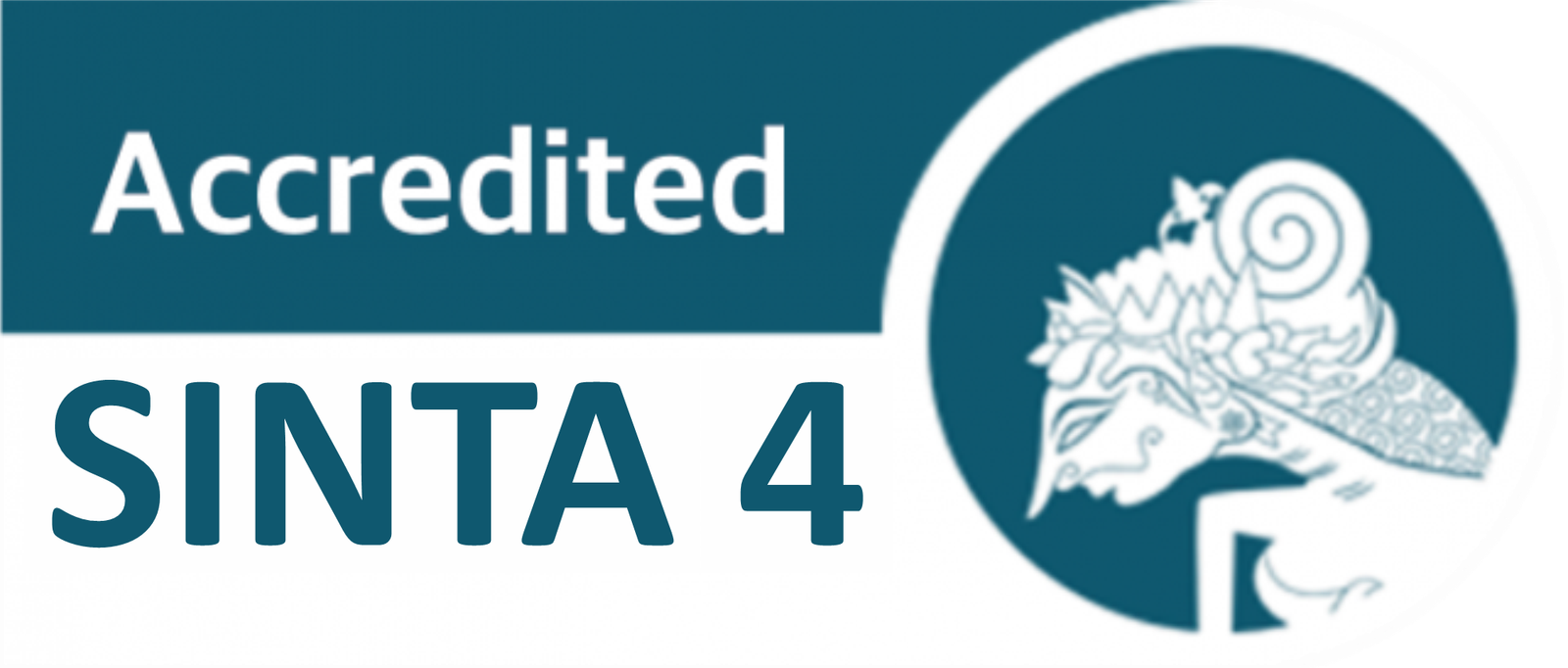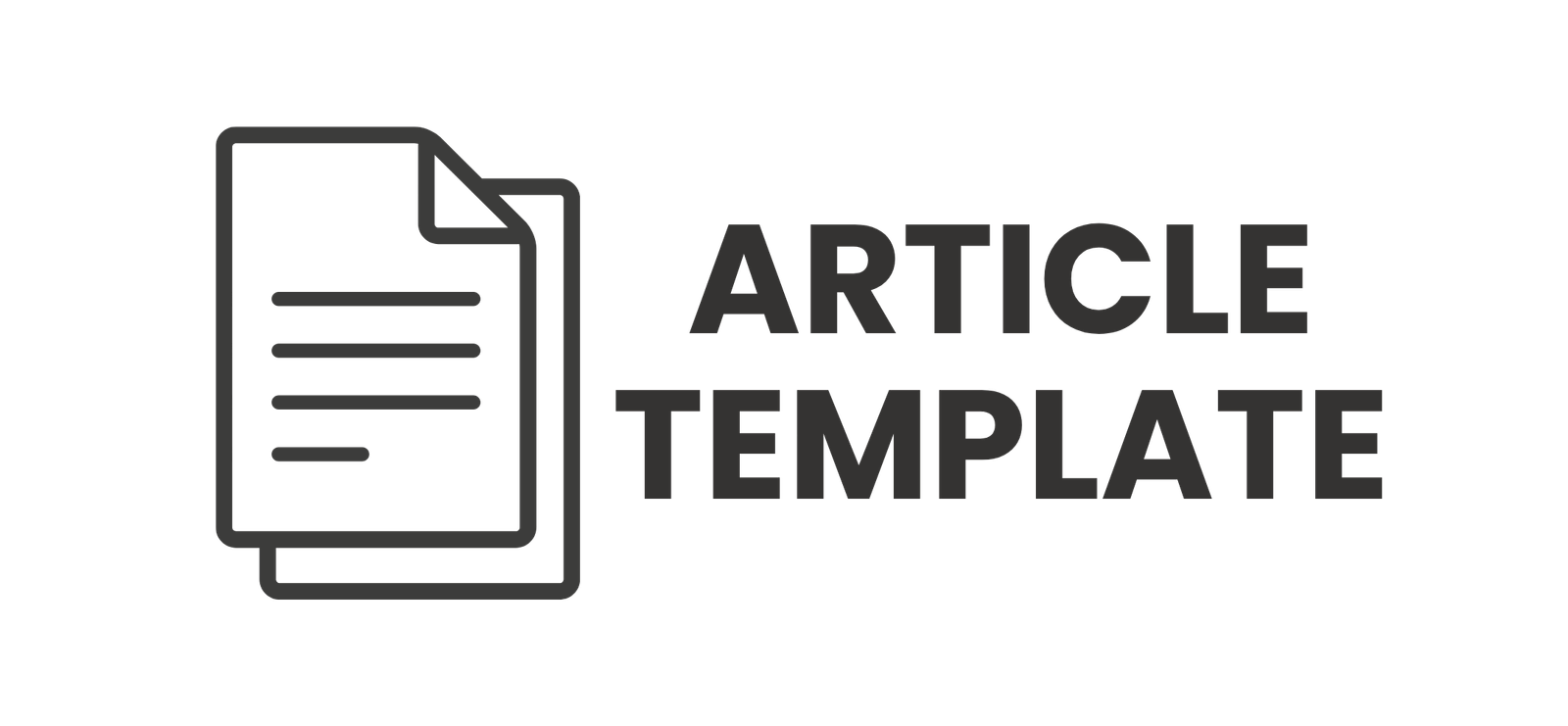Challenges in Implementing Differentiated Learning in English Classes: Teachers’ and Students’ Perspectives
DOI:
https://doi.org/10.30605/jsgp.6.2.2023.6301Keywords:
Differentiated Learning, English Language Teaching, Student Engagement, Teaching Strategies, Teacher PerceptionAbstract
This study investigates the challenges faced by English teachers in implementing differentiated learning and explores students’ perceptions toward this approach in class XI at SMAN 5 Tana Toraja. Using a qualitative method, data were gathered through classroom observations and interviews with English teachers. The findings reveal that while differentiated strategies, such as group learning, multimedia, and task variations, improve student engagement and comfort, several barriers persist. These include time constraints, large class sizes, and diverse student abilities. Nonetheless, both teachers and students acknowledged the benefits of adapting teaching styles to meet students’ varied needs. The study recommends continuous innovation and teacher support to enhance Differentiated learningin English language classrooms
Downloads
References
Ahmad, D. S., Hesmatantya, V., & Mayasari, L. (2023). Implementation of differentiated learning in English lesson using independent curriculum at MAN Surabaya. Journal of Language, Communication, and Tourism, 2(2), 45-55. https://doi.org/10.25047/jlct.v2i2.5002
Aloraini, S. (2012). The impact of using multimedia on students’ academic achievement in the College of Education at King Saud University. Journal of King Saud University-Languages and Translation, 24(2), 75-82. https://doi.org/10.1016/j.jksult.2012.05.002
Anggraeny, T. F., & Dewi, D. N. (2023). Analysis of teacher strategies in teaching English using differentiated learning. EJI (English Journal of Indragiri): Studies in Education, Literature, and Linguistics, 7(1), 129-146. https://doi.org/10.32520/eji.v7i1.2282
Azimah, I., & Sujannah, W. D. (2023). The effect of differentiated learning on EFL students’ reading skills. Didaktika: Jurnal Kependidikan, 13(1), 937-946. https://doi.org/10.58230/27454312.473
Brookfield, S. D. (2017). Becoming a critically reflective teacher. John Wiley & Sons.
Creswell, J. W., & Poth, C. N. (2016). Qualitative inquiry and research design: Choosing among five approaches. Sage publications.
Dapa, A. N. (2020). Differentiated Learning Model For Student with Reading Difficulties. Jurnal Teknologi Pendidikan, 22(2). https://doi.org/10.21009/jtp.v22i2.15814
Darling-hammond, L., Flook, L., Cook-harvey, C., Barron, (2020). Implications for educational practice of the science of learning and development. Applied Developmental Science, 24(2), 97–140. https://doi.org/10.1080/10888691.2018.1537791
Deunk, M., Doolaard, S., Smale-Jacobse, A., & Bosker, R. J. (2015). Differentiation within and across classrooms: A systematic review of studies into the cognitive effects of differentiation practices. Rug/Gion.
Diananseri, C., & Yaslina, R. (2023). Individualizing English Learning: Implementing Differentiated Instruction. eScience Humanity Journal, 4(2), 39-47. https://doi.org/10.37296/esci.v4i2.83
Gillies, R. M. (2016). Cooperative learning: Review of research and practice. Australian Journal of Teacher Education (Online), 41(3), 39-54.
Gottschalk, F., & Weise, C. (2023). Digital Equity and Inclusion in Education: An Overview of Practice and Policy in OECD Countries. OECD Education Working Papers. No. 299. OECD Publishing.
Hasanah, E., Suyatno, S., Maryani, I., Al Badar, M. I., Fitria, Y., & Patmasari, L. (2022). Conceptual Model of Differentiated-Instruction (DI) Based on Teachers’ Experiences in Indonesia. Education Sciences, 12(10), 650. https://doi.org/10.3390/educsci12100650
Heningjakti, E. P. M., & Surono, S. (2023). Differentiated Learning to Facilitate Students' Interests in the Content of English Language Learning. JADEs Journal of Academia in English Education, 4(1), 34-54. https://doi.org/10.32505/jades.v4i1.5916
Ismail, S. A. A., & Al Allaq, K. (2019). The nature of cooperative learning and differentiated instruction practices in English classes. Sage Open, 9(2), 2158244019856450. https://doi.org/10.1177/2158244019856450
Ismajli, H., & Imami-Morina, I. (2018). Differentiated instruction: Understanding and applying interactive strategies to meet the needs of all the students. International Journal of Instruction, 11(3), 207–218. https://doi.org/10.12973/iji.2018.11315a
Karim, L. N., Solikhah, I., Saputri, A. P., & Prayitno, M. A. (2023). Implementation of Differentiated Learning and Development of English Teaching Materials within the Context of the Merdeka Curriculum. Indonesian Research Journal on Education, 5(1), 902-909. https://doi.org/10.31004/irje.v5i1.2077
Malang, U. N. (2023). Differentiated Instruction : Challenges and Opportunities in. 8(1), 69–77.
Mardhatillah, M., & Suharyadi, S. (2023). Differentiated instruction: Challenges and opportunities in EFL classroom. Journal of English Language Teaching and Linguistics, 8(1), 69. https://dx.doi.org/10.21462/jeltl.v8i1.1022
Mayer, R. E. (2022). The Future of Multimedia Learning. The Journal of Applied Instructional Design, 11(4). https://doi.org/10.59668/423.10349.
Merriam, S. B., & Bierema, L. L. (2013). Adult learning: Linking theory and practice. John Wiley & Sons.
Merrill, M. D. (2012). First principles of instruction. John Wiley & Sons.
Mirawati, I. G. A., Suwastini, N. K. A., Haryanti, N. D., & Jayantini, I. G. A. S. R. (2022). Differentiated instructions: Relevant studies on its implementation. Prasi, 17(1), 11-21.
Mukhibat, M. (2023). Differentiate Learning Management To Optimize Student Needs And Learning Outcomes In An Independent Curriculum. QALAMUNA: Jurnal Pendidikan, Sosial, dan Agama, 15(1), 73-82. https://doi.org/10.37680/qalamuna.v15i1.2386
Oktoma, E., Nugroho, M. A. B., Suryana, Y., & Jamal, M. (2023). Differentiated Learning in Teaching English Subject of The Merdeka Curriculum. IJORER: International Journal of Recent Educational Research, 6(2), 362-378. https://doi.org/10.46245/ijorer.v6i2.775
Putri, S. W., Rosiana, W. N., Cibro, D. R., & Naailah, S. (2023). Implementation and Implications of Conditional Sentences in English Grammar. Jurnal Dieksis ID, 4(1), 41-52. https://doi.org/10.54065/dieksis.4.1.2023.455
Riyanita, N., & Susilawati, E. (2023). The Implementation of Differentiated Instruction to Teach the English Subject at Inclusive Primary School. LinguA-LiterA: Journal of English Language Teaching Learning and Literature, 7(1), 11-21.
Siddiqui, O., & Alghamdi, F. M. (2017). Implementing differentiated instruction in EFL remedial classes: An action research. Education and Linguistics Research, 3(2), 89-101.
Sofiana, N., Andriyani, S., Shofiyuddin, M., Mubarok, H., & Candraloka, O. R. (2023, March). The implementation of differentiated learning in ELT: Indonesian teachers’ readiness. In Forum for Linguistic Studies (Transferred) (Vol. 6, No. 2, pp. 1178-1178). https://doi.org/10.59400/fls.v6i2.1178
Tamam, B., & Nurhikmah, N. (2023). Cooperative Learning Model Type STAD for Improving Students' Skills in Determining Main Ideas of Paragraphs. Jurnal Dieksis ID, 3(1), 55-62. https://doi.org/10.54065/dieksis.3.1.2023.200
Tisdell, E. J., Merriam, S. B., & Stuckey-Peyrot, H. L. (2023). Qualitative research: A guide to design and implementation. John Wiley & Sons.
Tobin, R., & Tippett, C. D. (2014). Possibilities and potential barriers: Learning to plan for differentiated instruction in elementary science. International Journal of Science and Mathematics Education, 12(2), 423-443.
Tomlinson, C. A., & Imbeau, M. B. (2023). Leading and managing a differentiated classroom. Ascd.
Wahyuni, S. (2023). The Implementation of Differentiated Learning in Merdeka Curriculum In Learning English at High School. Journal of Applied Linguistics and English Education, 1(2), 27-33. https://doi.org/10.36456/jalle.v1i2.8695
Widayanti, N. K. A., Budasi, I. G., & Ramendra, D. P. (2023). The implementation of differentiated instruction and its impact on student engagement in english class. Jurnal Pendidikan Bahasa Inggris Indonesia, 12(2), 167-172. https://doi.org/10.23887/jpbi.v12i2.3905
Wulandari, D., Nugraha, F., & Rahayu, L. (2023). The Use of Learning Media to Increase Students Learning Motivation in Elementary Schools. Jurnal Literasi Digital, 3(3), 119-128. https://doi.org/10.54065/jld.3.3.2023.602
Downloads
Published
How to Cite
Issue
Section
License
Copyright (c) 2023 Tasya Yanti Rini, Sushy Teko Patanduk, Yizrel Nani Sallata

This work is licensed under a Creative Commons Attribution-ShareAlike 4.0 International License.
In submitting the manuscript to the journal, the authors certify that:
- They are authorized by their co-authors to enter into these arrangements.
- The work described has not been formally published before, except in the form of an abstract or as part of a published lecture, review, thesis, or overlay journal.
- That it is not under consideration for publication elsewhere,
- That its publication has been approved by all the author(s) and by the responsible authorities – tacitly or explicitly – of the institutes where the work has been carried out.
- They secure the right to reproduce any material that has already been published or copyrighted elsewhere.
- They agree to the following license and copyright agreement.
License and Copyright Agreement
Authors who publish with JSGP agree to the following terms:
- Authors retain copyright and grant the journal right of first publication with the work simultaneously licensed under Creative Commons Attribution License (CC BY-SA 4.0) that allows others to share the work with an acknowledgement of the work's authorship and initial publication in this journal.
- Authors are able to enter into separate, additional contractual arrangements for the non-exclusive distribution of the journal's published version of the work (e.g., post it to an institutional repository or publish it in a book), with an acknowledgement of its initial publication in this journal.
- Authors are permitted and encouraged to post their work online (e.g., in institutional repositories or on their website) prior to and during the submission process, as it can lead to productive exchanges, as well as earlier and greater citation of published work.













